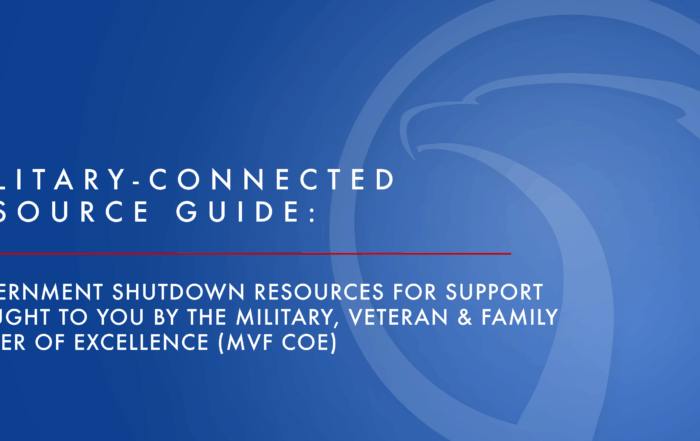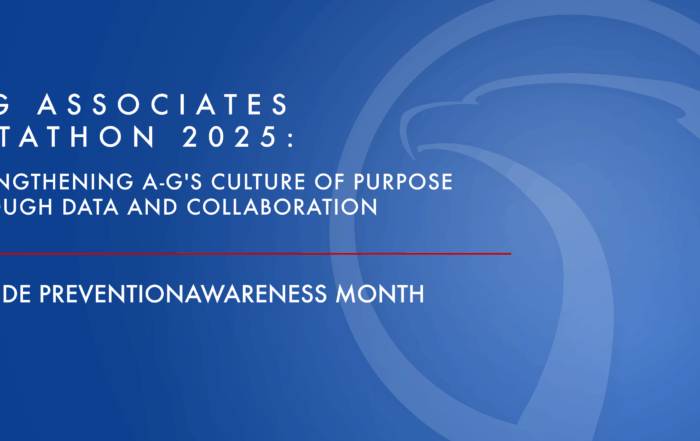USMC Leadership Lesson: Decentralized Decisions

How many times have you listened to colleagues that have been micromanaged in the workplace? Their frustration and disengagement are palatable. Meanwhile, the senior leaders are unaware of how their actions have impacted the employees and struggle to make decisions that bring the organization into alignment. While many issues may be the root cause of the scenario above, there are methods that address these issues. This article will describe strategies used by the Marine Corps to empower their teams and decentralize the ability to make decisions.
The term “Decentralized Command” is one that is used commonly in the Marine Corps and serves as a key component of mission accomplishment. This term simply means empowering leaders of small units (groups) to make decisions based on their working conditions. These leaders are still provided a “Commander’s Intent” with high level goals, rules, and a framework in which to operate, but are trusted to make decisions that allow their teams to accomplish the mission.
This method of decision-making works because in Marine Corps boot camp, recruits receive intensive training in the fundamentals of Marine Corps Leadership with examples of outstanding leadership in practice. Recruits are then given the opportunity to live those traits as Marines, with their leadership responsibilities expanding as their careers progress. This method is not always perfect in application, but empowers leaders to develop a leadership style, make decisions, learn from mistakes, and implement different styles of leadership, as necessary.
In the private sector, the terms “leadership” and “empowerment” can be defined in a variety of ways. Many organizations declare their intent to empower employees but fail to understand that empowerment is not displayed through social media posts or spoken words, it is exemplified through behaviors. While some organizations thrive with allowing their junior leaders to make decisions, others struggle with most decisions coming from the top leadership, even minor ones. This state creates an environment of micromanagement, frustration, and distrust, especially when senior leaders are unable to comprehend the front-line employee’s reality.
In many cases, people are put into positions of leadership because of their expertise at a functional skill and receive little to no formal leadership training. Instead of relying on proven leadership practices, many rely on processes that are antiquated and ineffective. For instance, Person A is great at software coding and because of Person A’s performance, he/she is promoted to project manager. This role, however, requires a different skill sets and ability to manage processes. Without proper training, Person A then reverts to his/her experience, legacy ways of doing business, or whatever feels most comfortable. This lack of training can directly clash with an organization’s ability to collectively grow and achieve new goals.
For those looking to improve themselves as leaders and empower subordinates, these tips can be used to truly empower employees to make effective leadership decisions:
- Stop attending meetings: This statement is not meant to stop your attendance at all meetings, but rather those that require decisions from subordinates. While many leaders attend meetings with the intention of being supportive, many times the opinion of the highest-ranking person in the room will be that of the group. Instead of attending, provide your “intent” and a framework for making decisions to your leader beforehand and discuss the pros and cons with the person afterwards to determine the best path forward.
- Force people to make uncomfortable decisions: Many inexperienced leaders will be uncomfortable making decisions based on lack of experience or a long list of other factors. Many times, new leaders will look to the senior person for guidance. The senior leader should serve as a mentor and be a resource for both pre- and post-decision discussions. The senior leader should help to discuss the pros and cons of potential decisions but be careful not to imply what the actual decision should be. Allow employees the opportunity to fail with opportunities to provide direct feedback and praise when something goes well. Without being put into this uncomfortable position, employees will not have a chance to develop.
- Stop saying “good job”: Using the term “good job” can mean a variety of things with some leaders using the term with true enthusiasm and others using it as a substitute for having difficult conversations. Instead, provide specific examples of what you thought the person did well and specific examples of what could be improved. Do not be afraid to ask the person to self-critique before doing this to gain buy-in for the feedback session. You may be surprised that the person receiving the feedback is more critical on himself/herself than you will be, which changes your role to that of a coach instead of critic.
- Be intentional about developing relationships: Knowing your teammates and their personality characteristics is key when assigning leadership roles. For those projects with a distinct scope, consider assigning a process-driven person while those with an undefined scope may require a person with the ability to plan on the fly (or vice versa). Understanding one’s subordinates will pay off immensely for putting people in roles where they will flourish. Make your efforts to know the team apparent to all so they can get to know you as well. Using a personality assessment, strengths inventory and/or decision-making scenarios are a great way to do this.
Unfortunately, no specific method or “secret sauce” for developing or changing an organization is available to create an environment where leadership empowerment is possible. Each organization is different based on industry, size, constraints, restraints, and a variety of other factors. However, reliable methods can be used to create a roadmap for developing this environment and assessing what needs to be done with developing people, modifying processes, and utilizing the correct technology to support everyone’s efforts.
A-G Associates has helped clients develop strong leaders and create a culture where they are empowered to lead their teams. We specialize in creating this environment by bringing expertise from the Marine Corps and other high-performing organizations. To learn more, please contact Chris Gonzalez, PMP at CGonzalez@A-GAssociates.com or visit www.A-GAssociates.com.



